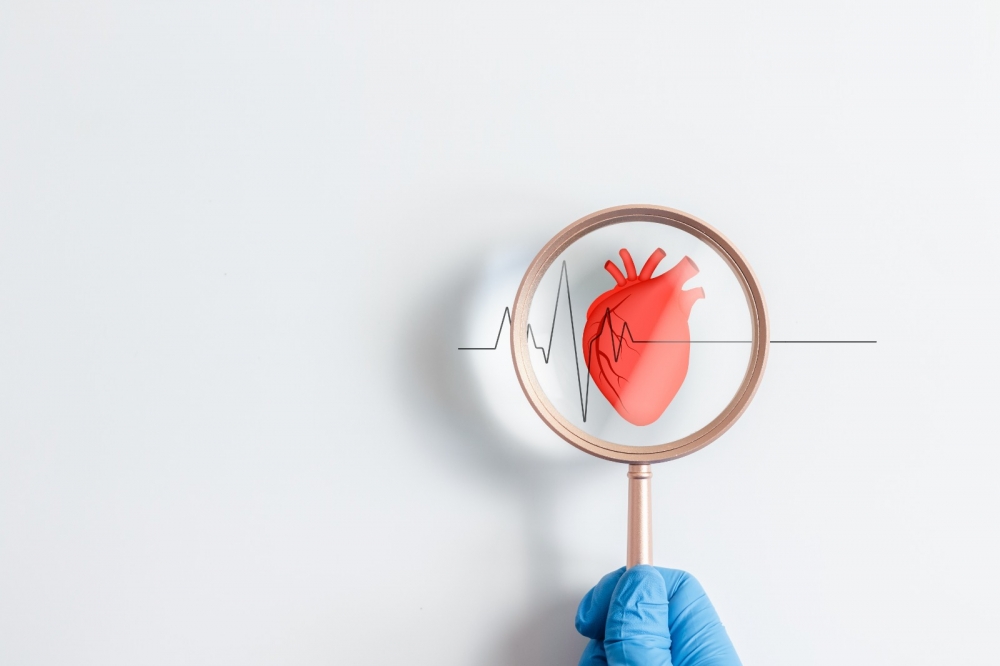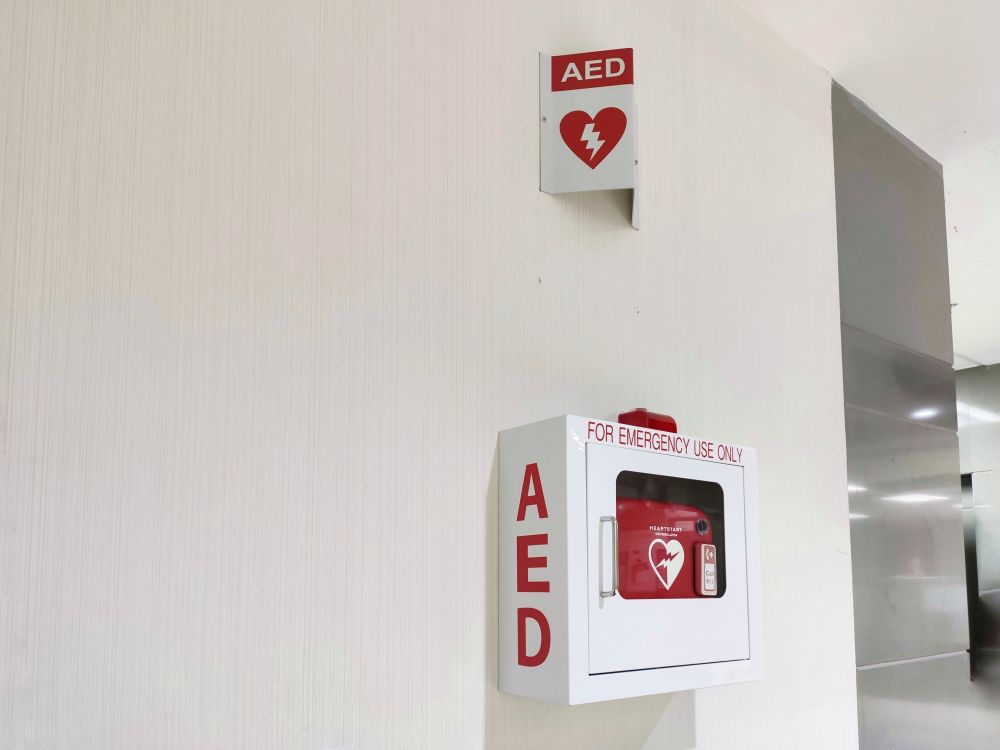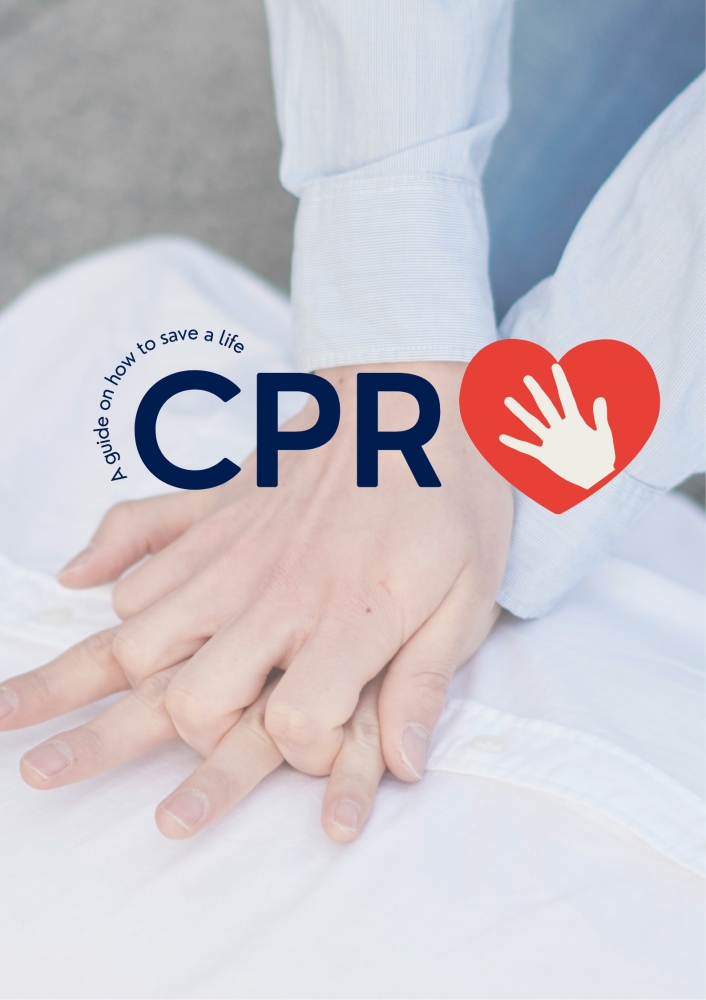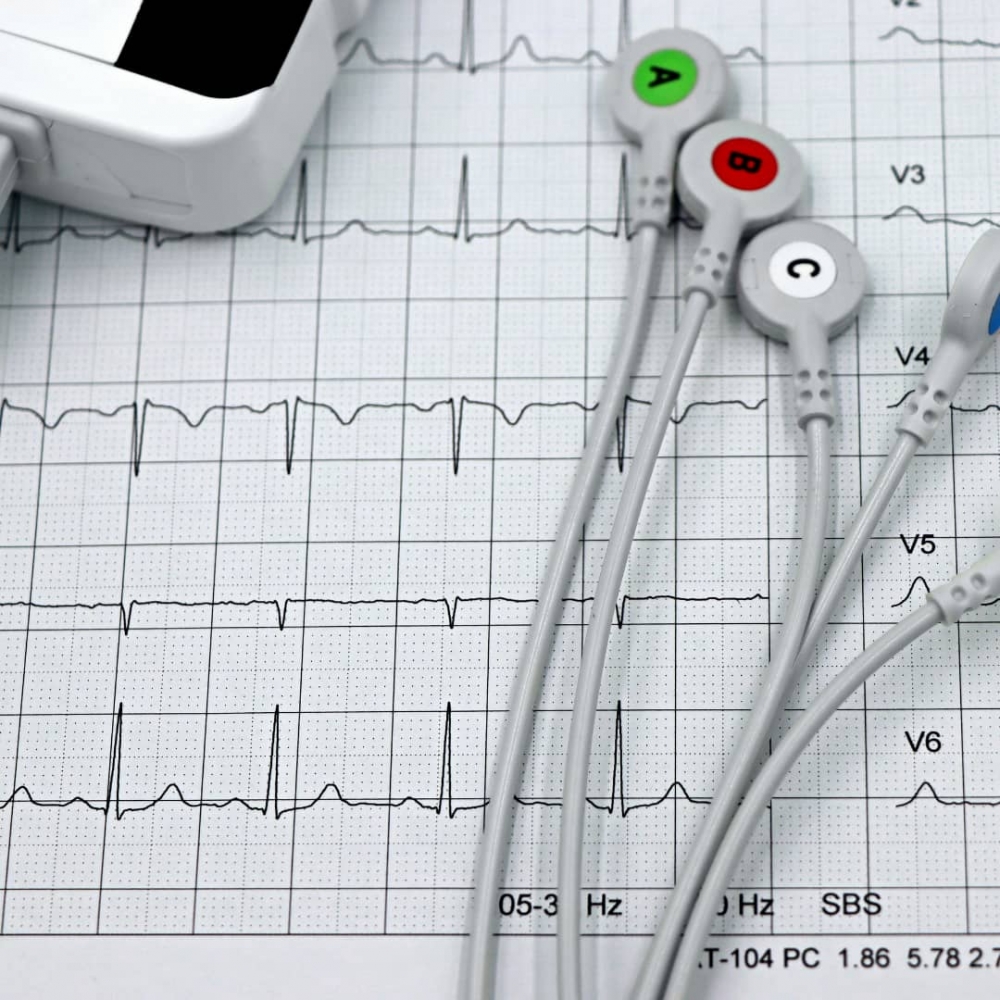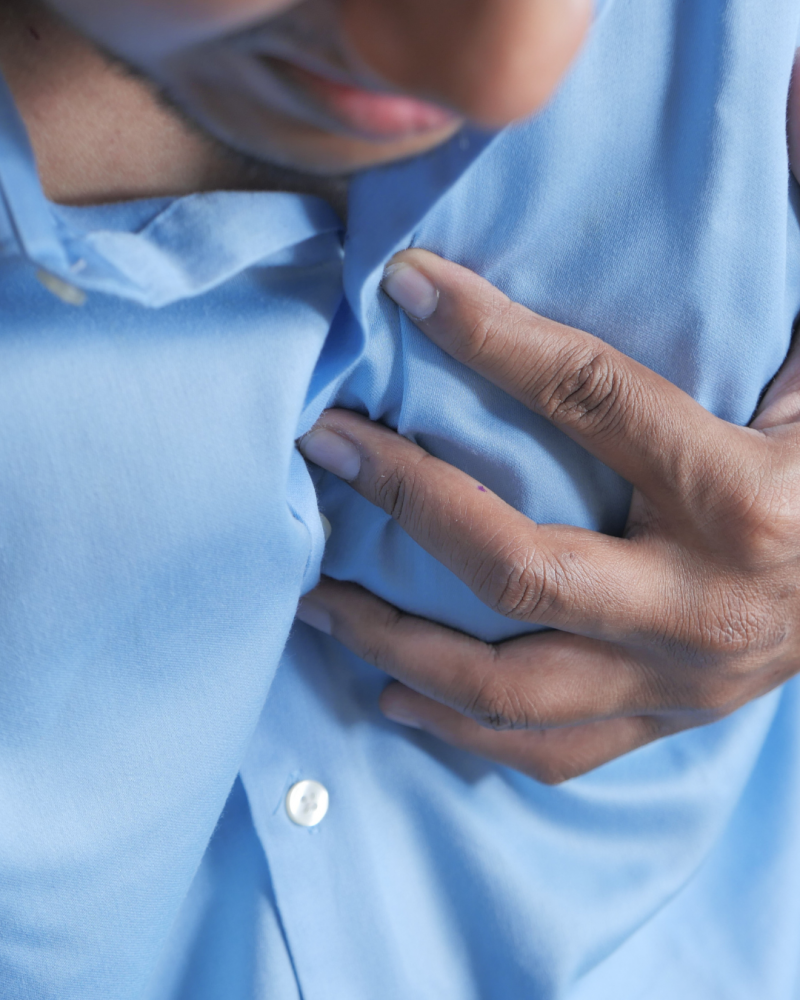How the Covid-19 lifestyle has led to acute back pain

There’s a good chance you or somebody you know is experiencing acute back pain – the most commonly reported musculoskeletal condition on a global scale.
According to the International Association for the Study of Pain in 2017, lower back pain affected about 7.5% of the global population, or around 577 million people.
In Malaysia, that would translate to over 2.5 million people suffering some level of discomfort.
The causes of lower back pain are often harder to diagnose and seemingly appear out of nowhere. Primary care providers do not have a specific identifiable pathological or anatomical origin for the pain in 85-95% of those presenting symptoms.

In a more recent study by the Department of Trauma and Orthopaedics at the Mater Dei Hospital and the Department of Anatomy, Faculty of Medicine and Surgery at the University of Malta, an eye opening discovery highlighted a noticeable increase in new cases post-pandemic.
Amongst the 388 responders, although about 30% experienced chronic back pain pre-pandemic, that number jumped significantly to 49% since the Covid-19 pandemic.
Unexpectedly, the majority of the latter claimed to have never experienced back pain before the pandemic.
However, notable changes were identified in the daily routine and physical activity of the respondents which included sitting for long periods and a lack of physical activity – the two most common factors associated with experiencing back pain since the onset of the pandemic.
The Malta study concluded that the pandemic caused behavioural changes resulting in an increase in the occurrence of back pain. The study also foresees a further impact on the respondents’ future health and productivity, placing a burden on both the economy and healthcare services.
Dr Chang Kok Chun, consultant orthopaedic and trauma surgeon of Sunway Medical Centre Velocity (SMCV) explained: “Lumbar disc herniation (commonly known as slipped disc) happens when the supportive rubbery structure (disc) between two segments of the spine (vertebrae) at the lower back displaces and compresses on the spinal nerve root. It causes lower back pain which can radiate down to one leg (sciatica).
He added that slipped discs most commonly occur between the ages of 30-40 and are more prevalent in men than women. It has a lifetime prevalence of 10%.
He also explained that the most common cause was the incorrect technique used when lifting heavy items. “So, good ergonomics is the key to prevention. Remaining sedentary during the Covid-19 pandemic has resulted in the deconditioning of the back muscles, making people more vulnerable to slipped discs.”

Mild symptoms can usually be treated successfully with painkillers and/or physiotherapy. However, if the pain persists for more than one or two months, your family doctor would usually refer you to a hospital for an MRI scan.
For slipped discs, there is an absolute indication of surgery which includes severe pain that cannot be relieved by strong pain killers, leg weakness, and inability to pass urine. In these cases, delay in surgery might result in permanent paralysis.
There are many ways to perform a ‘discectomy’ surgery, one of the most common surgeries to correct the condition of slipped discs. These include classic open surgery, microdiscectomy, and endoscopic discectomy.

There’s a good chance you or somebody you know is experiencing acute back pain – the most commonly reported musculoskeletal condition on a global scale.
Microdiscectomy is performed with a tubular wound retractor under microscopic visualisation, whereas endoscopic discectomy is performed using video-assisted endoscopic visualisation, both requiring specialised instruments and may cost two to three times more than conventional open discectomy.
Despite the added cost, micro and endoscopic discectomies result in less surgical pain and trauma, faster recovery time, and most importantly, drastically reduces the chances of nerve root injury during surgery.
Usually performed by an orthopaedic surgeon or neurosurgeon, all three surgeries offer comparable success rates of approximately 80-90%.
Dr Chang advised: “To decrease the risk of developing slipped discs, a person can practise proper lifting techniques, maintain a healthy weight, practise good posture, stretch after sitting for long periods, exercise regularly, and quit smoking.”
Learn more or speak to a Sunway Medical Centre Velocity professional here.
BackSuggest to Read
